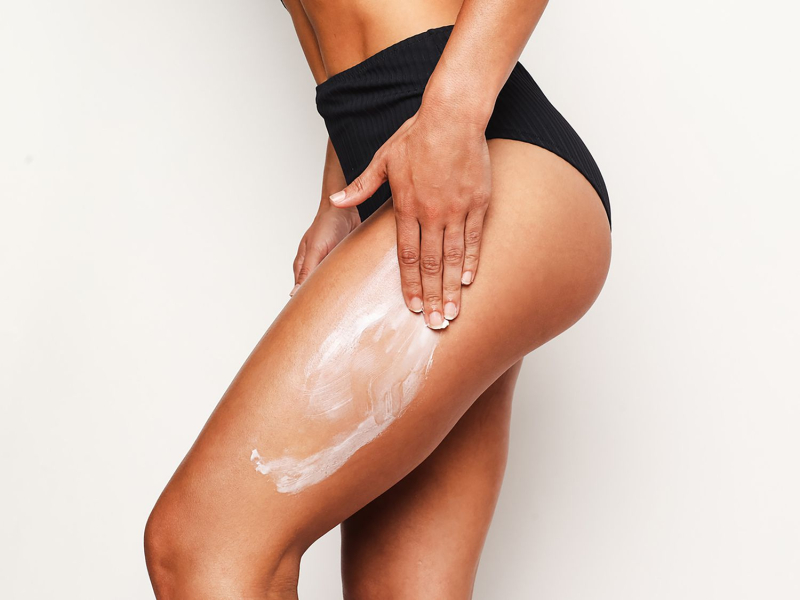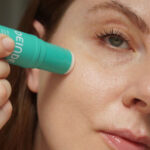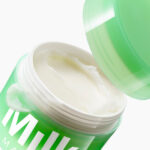
Potential Side Effects and Precautions The Final Takeaway
There’s a good chance you’ve used retinol on your face. But have you ever thought about harnessing the benefits of the vitamin A derivative for your arms, legs, and the rest of your body? Skincare experts say you can use this powerhouse anti-aging ingredient on your body to achieve many of the same outcomes you see when using retinol on your face, including fading dark spots, encouraging cell turnover, and reducing fine lines and wrinkles.
Curious to give it a try but not sure where to start? Keep reading for everything you need to know about retinol for the body—from benefits to proper application—straight from board-certified dermatologists Vivian Chin, MD, MPH; Michael I. Jacobs, MD; and Nicole Lee. MD, MPH.
Benefits of Retinol for your Body
“People can achieve the same benefits from retinol on their bodies as they can with retinol on their faces,” says Jacobs. “The benefits include potentially slowing the aging process, like reducing fine lines and wrinkles, by increasing cell turnover and stimulating collagen production. Retinol can also improve skin texture on the body, help with skin problems like keratosis pilaris, and improve the overall appearance of skin by firming and brightening.”
But that's not all. Retinol can also reduce sun damage, scarring, and dark spots from acne. And it can stimulate collagen to firm the skin, reducing the crepey texture that tends to set in with age. "Firmer skin also reduces the risk for bruising and tearing from mild injuries, which can occur as our skin thins over time," says Lee.
Choosing a Retinol Body Product
Everyone's skin is different, so it's important to do your research when looking for a retinol product for your body. Consider checking in with a dermatologist if you're unsure what to use or whether it's the right product for your skin. "Look out for concentration, and if you're new to retinol, start with a low number," Chin advises. "And make sure the product also has some sort of moisturizing ingredient since retinol can be drying."
If your skin is sensitive, look for a retinol body product specifically formulated for people with sensitive skin. Keep an eye on the product’s packaging as you shop, too. Dark and thick packaging is important in keeping the product from deteriorating due to sun or air exposure (same as retinol products for the face).
How to Use Retinol for Body
Here are some tips to keep in mind as you incorporate retinol into your body care routine.
Proper Application
"Depending on the concentration of the retinol, you can likely apply it with your hands," Chin says. "If your hands are sensitive, you can wear disposable or cotton gloves."
Frequency, Amount, and Precautions
When you first start using retinol on your body, use the product only once or twice a week. From there, Jacobs says you can work up to it every other day or stick with weekly.
If you use too much retinol too quickly, you could experience side effects like dry, flaky, and irritated skin. “You can also try patch testing, which means applying some of the product on a small area first a few times to make sure your skin isn’t too sensitive to a particular product,” Chin says.
When to Use
Retinol should be used on your body at night. "A thin layer of retinol can be applied once a day, ideally in the evening," Lee says.
Layering With Other Products
“If you tend to be on the dry side, I recommend applying another heavier emollient afterward,” Lee says. “If you prefer oils, apply those before the retinol.” You can also apply moisturizer before your retinol. Chin, for example, recommends using a hydrating body moisturizer and then applying your retinol product on top.
Don't forget that sunscreen is key when using retinol on your body. "Retinol products can make your skin more sensitive to sun exposure, so be extra cautious [and wear an] SPF 50+ on the body while exposed to the sun when using a retinol product," Jacobs says. Chin says you can also consider applying retinol less frequently in the summer, or not applying it a few days before you'll be out in the sun.
Potential Side Effects and Precautions
"A common side effect of using retinol on the body can be that it can be drying to the skin," Jacobs says. He added that there's also an increased risk of sun damage, so it's very important to apply and reapply sunscreen.
Some people also experience redness, dryness, irritation, and peeling when using retinol for the first time. "It is important to understand that retinol can be just as drying on the body as it can be on the face, so be careful with the frequency of application," Lee says. "I would be cautious about over-applying…. more is not always better when it comes to retinol." To minimize side effects, particularly the drying effect, Lee recommends applying moisturizer after your retinol and using retinol on your body sparingly (not every day). And steer clear of using retinol every day if it's making your skin dry or irritated.
Chin says it’s crucial to start by patch-testing the product on a small area if you have sensitive skin or a skin condition like eczema or psoriasis. Then, introduce the product slowly, start with a very low concentration of retinol, and use a product specifically designed for people with sensitive skin.
The Final Takeaway
Retinol can be used on your body and offers many of the same benefits you see when using it on your face, including fewer fine lines and wrinkles, improved skin texture, and firmer and brighter skin. If you're considering using retinol on your body, check in with a dermatologist for advice on finding a product that's right for you and learning the best way to incorporate it into your skincare routine.


